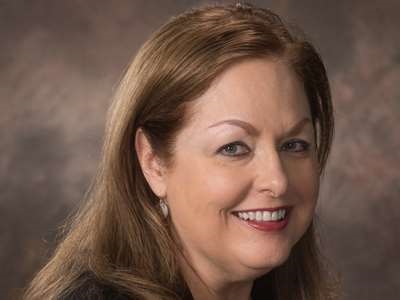Single-Payer Healthcare: The Wrong Prescription

By Janet Trautwein
Legislators in several states are taking up the charge for “Medicare for All.”
In California, Democrats call for “a universal, single-payer healthcare system” as part of their party platform. A bid to install such a system failed in the California Assembly at the end of January, but the Golden State’s leaders have promised to make another run at it.
At least a dozen other states are considering bills that would ban private health insurance and establish single-payer healthcare. That’s bad news for ordinary Americans. It makes little sense to force nine in 10 Americans off their current health plans as part of a drive to bring about universal coverage.
About two-thirds of insured Americans currently depend on private health insurance plans. About 177 million people receive coverage through an employer, and about 34 million people purchase private coverage directly.
A single-payer system could do away with all those plans.
Moreover, Americans like their private plans. In a recent study of people with employer-sponsored coverage, more than two-thirds said they were satisfied with their insurance. More than three-quarters felt confident it would protect them during a medical emergency.
Research by the Kaiser Family Foundation found that what support there is for single-payer declines when people consider its attendant consequences like higher taxes and treatment delays.
Analyses of specific state single-payer plans suggest the downsides would be severe.
The New York Health Act, for instance, would reduce employment in the Empire State by 315,000, according to research published last year by the Foundation for Research on Equal Opportunity. Another report found that if the bill became law, New York residents would have to pay some $250 billion in new taxes.
Further, single-payer will lead to lower-quality care. That’s because government payers rely on lower payments to hospitals and doctors to keep costs in check. Look no further than Medicare. The American Hospital Association says that hospitals receive just 87 cents for every dollar they spend treating Medicare beneficiaries.
That’s obviously not sustainable. If a single-payer system — and its low payment rates — were adopted widely, doctors and hospitals would respond by reducing the supply of care they’re willing to provide.
That diminution of supply, combined with unlimited demand stoked by making healthcare free at the point of service, could lead to long waits.
Just ask the Congressional Budget Office. According to a recent CBO analysis, a single-payer system would result in more “unmet demand” for healthcare services, “greater congestion in the healthcare system” and “lower payment rates.”
Lawmakers in several states have responded to concerns like these by championing a supposedly more moderate public option — a government-run insurance plan that would supposedly compete against private options.
But any public option would also reimburse providers at lower rates than private plans do. The public plan would use that pricing power to set premiums and deductibles below those of private insurers. As people gravitated toward the cheaper public option, private insurers would gradually leave the market, until only the public plan remained.
A public option is just a slower way of introducing single-payer. And single-payer healthcare is a cure worse than the disease.
Janet Trautwein is CEO of the National Association of Health Underwriters. This piece originally ran in the Boston Herald.
